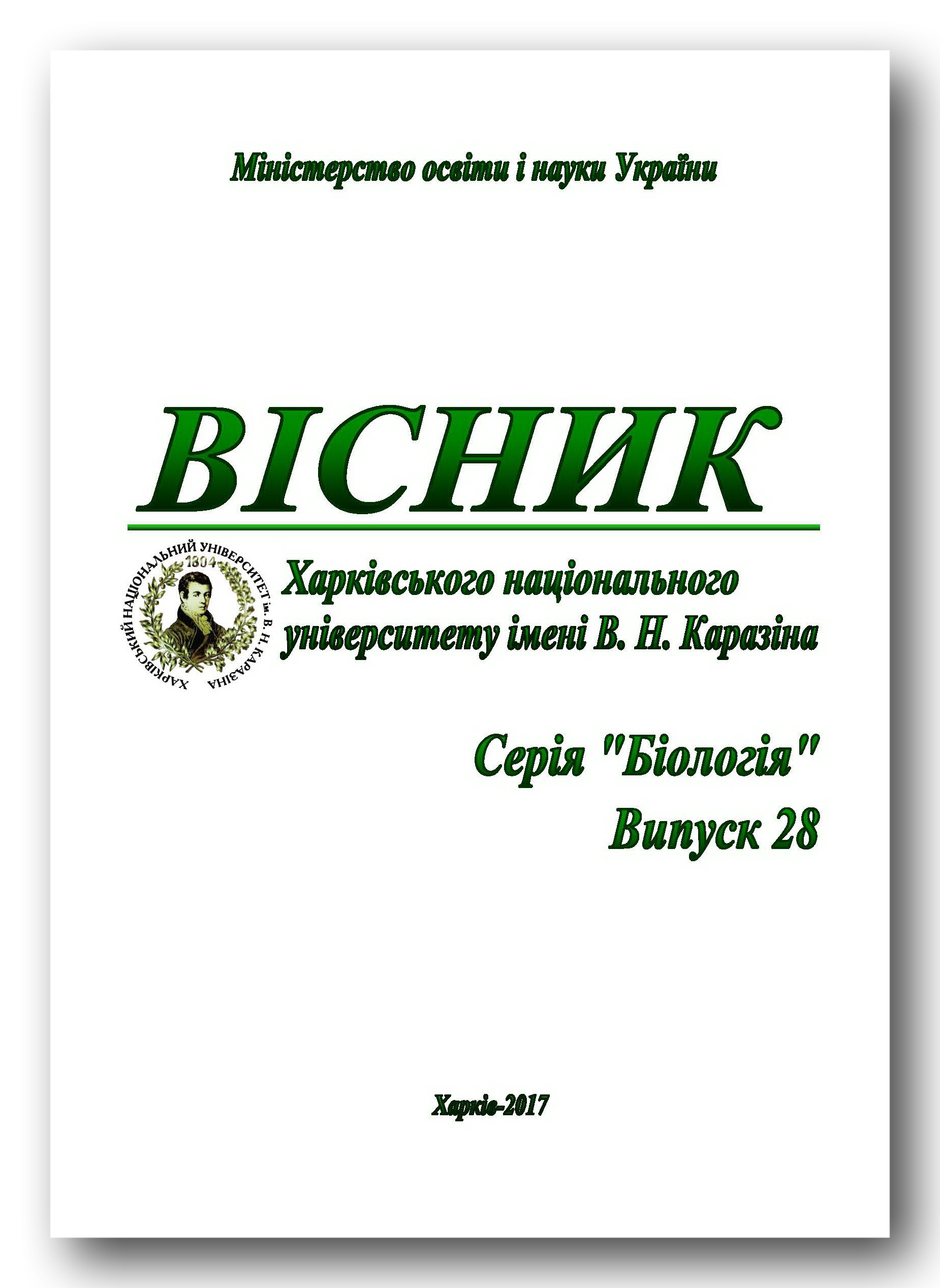Risk factors that contribute to the severe course and progression of community-acquired pneumonia
Abstract
There have been examined 36 patients (19 men and 17 women) with community-acquired pneumonia aged 18 to 82 years with a moderate state in most of them. For most patients, the diagnosis of community-acquired pneumonia was established at the prehospital stage and antibacterial therapy was already administered. Almost all of them suffered from cough with phlegm, exercise dyspnea, elevated to 38–39ºС body temperature. The majority of patients had bad habits (smoking, alcohol abuse). As a result of the study, they also showed the presence of the herpes virus of type 1 and type 2, there were found chronic persistent infection, changes in the state of immunological homeostasis, presence of cellular immunodeficiency. The disease was especially severe in elderly patients with concomitant pathology, such as diabetes mellitus, heart failure, chronic obstructive pulmonary disease, hypertension, obesity. Thus, the severity of the state depends on the age and modifying factors. They include bad habits, late access to a doctor, unfavorable social status, concomitant pathologies of various etiologies.
Downloads
References
Чучалин А.Е Клинические рекомендации. Пульмо¬нология. – M.: ГЭОТАР-Медиа, 2005. – 225с. /Chuchalin A.Ye. Klinicheskiye rekomendatsii. Pul'monologiya. – M.: GEOTAR-Media, 2005. – 225s./
Brown J.S. Community-acquired pneumonia // Clin. Med. – 2012. – Vol.12 (6). – P. 538–643.
El-Solh A.A., Ramadan F., Sikka P., Davies J. Etiology of severe pneumonia in the very elderly // Am. J. Respir. Crit. Care. Med. – 2001. – Vol.163, no. 3. – P. 645–651.
Gutierrez E., Masia M., Mirete С. et al. The influence of age and gender on the population-based incidence of com¬munity-acquired pneumonia caused by different microbial pathogens // Infect. – 2006. – Vol.53 (3). – P. 166–174.
Jean S.S., Hsueh P.R. High burden of antimicrobial resistance in Asia // Int. J. Antimicrob. Agents. – 2011. – Vol.37. – P. 291–295.
Kanwar M., Brar N., Khatib R. et al. Misdiagnosis of community-acquired pneumonia and inappropriate uti¬lization of antibiotics: side effects of the 4-h antibiotic administration rule // Chest. – 2007. – Vol.131 (6). – P. 1865–1869.
Kaplan V., Angus D.C., Griffin M.E. et al. Hospitalized community-acquired pneumonia in the elderly: Age- and sex-related patterns of care and outcome in the United States // Am. J. Respir. Crit. Care Med. – 2002. – Vol.165. – P. 766–772.
Kumarasamy K.K., Toleman M.A., Walsh T.R. et al. Emergence of a new antibiotic resistance mechanism in India, Pakistan, and the UK: a molecular, biological, and epidemiological study // Lancet Infect. Dis. –2010. – Vol.10. – P. 597–602.
Song J.H., Thamlikitkul V., Hsueh P.R. Clinical and economic burden of community-acquired pneumonia amongst adults in the Asia-Pacific region // Int. J. Antimicrob Agents. – 2011. – Vol.38. – P. 108–117.
Sopena N., Pedro-Botet L., Mateu L. et al. Community-acquired legionella pneumonia in elderly patients // J. Am. Geriatr. Soc. – 2007. – Vol.55 (1). – P. 114–119.
Torres A., Peetermans W.E., Viegi G. et al. Risk factors for community-acquired pneumonia in adults in Europe: a literature review // Thorax. – 2013. – Vol.68 (11). – P. 1057–1065.
Woodhead M. Community-acquired pneumonia in Europe: causative pathogens and resistance patterns // Eur. Respir. J. Suppl. – 2002. – Vol.36. – P. 20–27.
Authors retain copyright of their work and grant the journal the right of its first publication under the terms of the Creative Commons Attribution License 4.0 International (CC BY 4.0), that allows others to share the work with an acknowledgement of the work's authorship.




